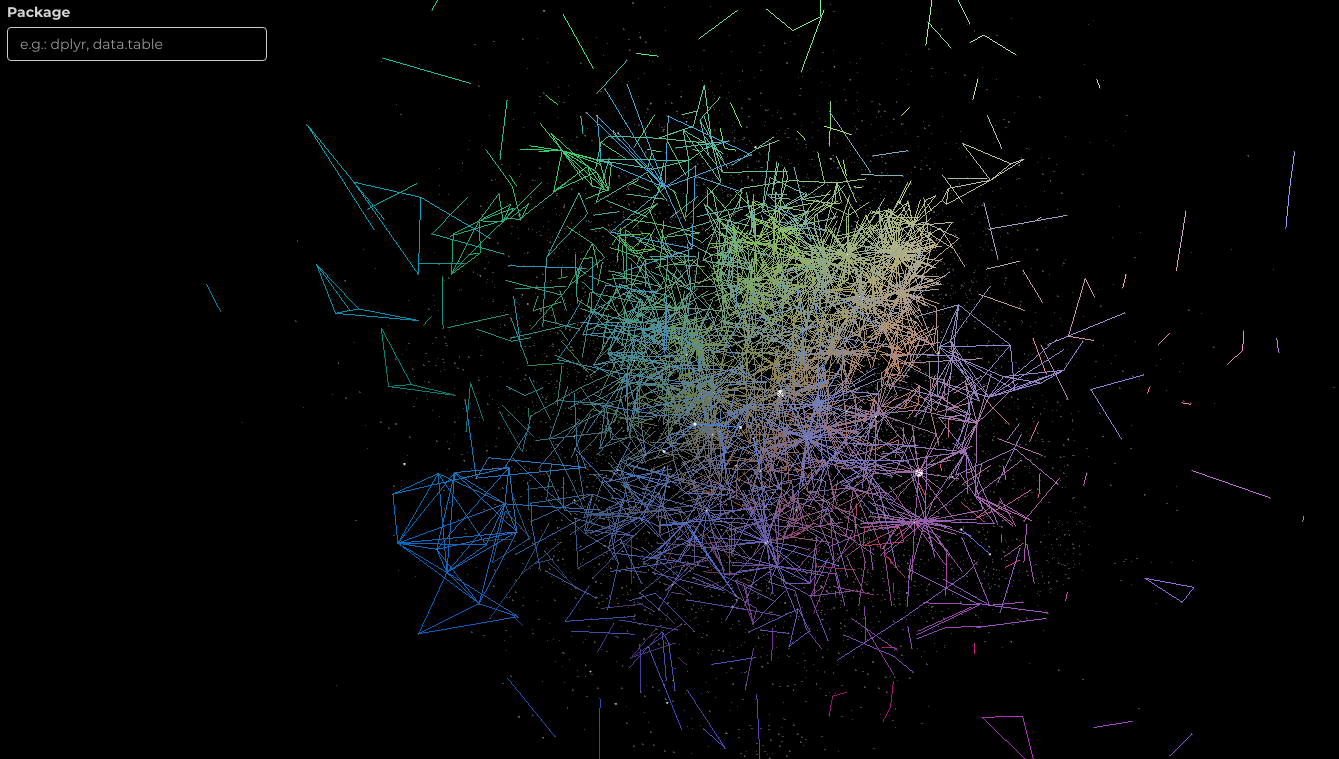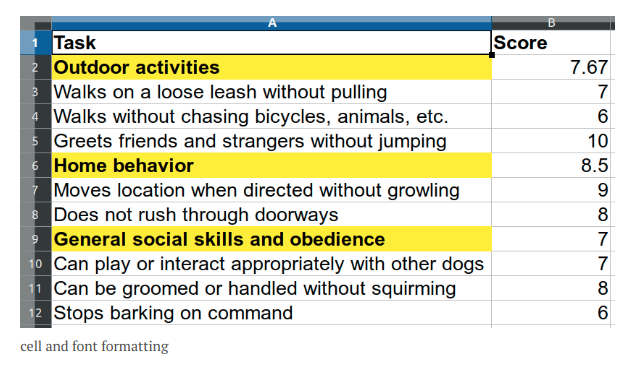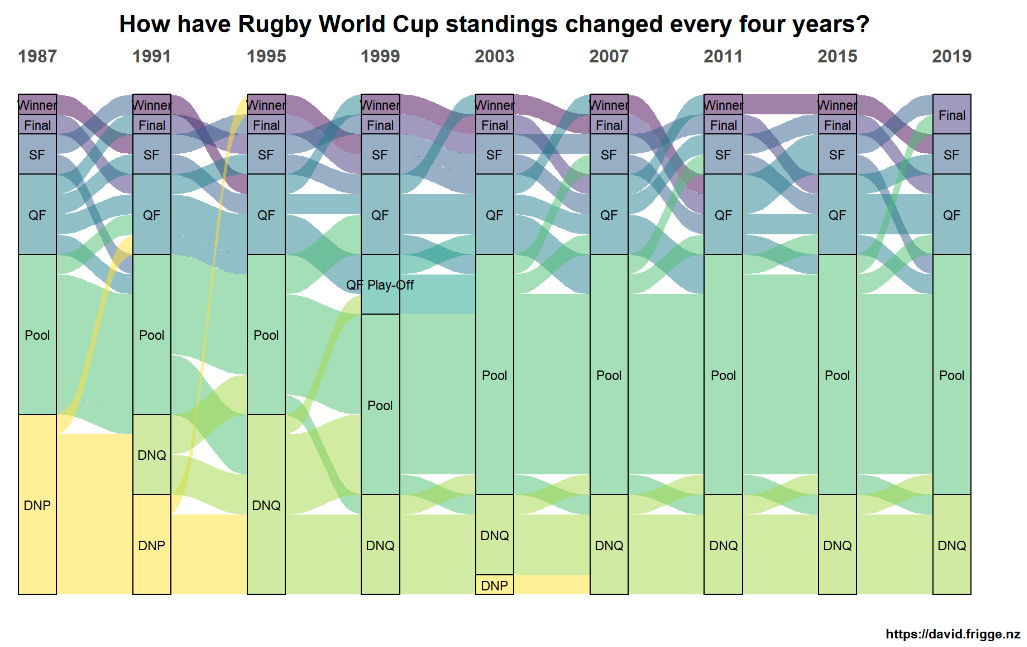R Weekly 2019-46 Autoconf, {tune}, {leaflet}
Release Date: 2019-11-18
This week’s release was curated by Jonathan Carroll, with help from the RWeekly team members and contributors.
Highlight
- An Autoconf Primer for R Package Authors
- Testing the tune package from tidymodels
- A more convincing Leaflet visualizations from R - customizing markers, icons, color scales & HTML popups.
Insights
- future 1.15.0 - Lazy Futures are Now Launched if Queried
- Statistical uncertainty with R and pdqr
- An Autoconf Primer for R Package Authors

- An API for @racently
- When Cross-Validation is More Powerful than Regularization
- workloopR: Analysis of work loops and other data from muscle physiology experiments in R
- #30DayMapChallenge: 30 days building maps (2) - tmap
- An htmlwidget to visualise large monopartite graphs.
- Visualize urban growth in Spain
- Calculating (Twitter) Vocabulary Breadth of U.S. Presidential Candidates Using Type-Token Ratio (TTR)
- A Shiny App visualising the CRAN Dependency graph

- Analyzing restaurants visited last 12 months
- Testing the tune package from tidymodels
- Best practices for setting automated test architecture for Shiny apps
- Generating Oxford Comma triples and generating sequentially numbered BibTeX entries
- space = “free” or how to fix your facet (width)
- Import and work with formatted spreadsheet data

- For advanced R Shiny applications, R6 classes help you organize your code.
- Breast cancer awareness campaign with Swedish incidence and mortality data.
- Softcoding Constants in the App
- Follow a spatial particle over a raster map in 3D using rayshader
- Exploring highcharts in R
- Javascript is your friend
- Mapping the underlying social structure of Reddit
- Rugby World Cup history with ggalluvial

R in the Real World
- Area Under Curve of Daily Temperature Oscillation as a Temperature Unpleasantness Index
- How news media are setting the 2020 election agenda: Chasing daily controversies, often burying policy
R in Organizations
R in Academia
- Advances in Machine Learning for the Behavioral Sciences Kliegr, T., Bahník, Š., & Fürnkranz, J. (2019). Advances in Machine Learning for the Behavioral Sciences. American Behavioral Scientist. https://doi.org/10.1177/0002764219859639
- List-columns in {data.table}: Nesting and unnesting data tables and vectors
Resources
New Packages
CRAN
- {pdqr} 0.2.0: Work with Custom Distribution Functions
- {varycoef} 0.2.9: An R Package to Model Spatially Varying Coefficients
- {VancouvR} 0.1.1: Access the ‘City of Vancouver’ Open Data API
- {azuremlsdk} 0.5.7: Interface to the ‘Azure Machine Learning’ ‘SDK’
- {chk} 0.2.0: Check User-Supplied Function Arguments
- {dietr} 1.0: Diet Estimated Trophic Levels
- {docknitr} 0.4.0: Use Docker Images to Process Rmarkdown Blocks
- {dupree} 0.2.0: Identify Duplicated R Code in a Project
- {easyr} 0.1.0: Helpful Functions from Oliver Wyman Actuarial Consulting
- {effectsize} 0.0.1: Indices of Effect Size and Standardized Parameters
- {ip2location} 8.0.0: Lookup for IP Address Information
- {marindicators} 1.0.0: Marine Ecosystem and Fishing Pressure Indicators
- {reactable} 0.1.0: Interactive Data Tables Based on ‘React Table’
- {subformula} 0.1.0: Create Subformulas of a Formula
- {SummaryLasso} 1.2.1: Building Polygenic Risk Score Using GWAS Summary Statistics
- {tidydice} 0.0.3: Simulates Dice Rolls and Coin Flips
- {wiesbaden} 1.2.0: Access Databases from the Federal Statistical Office of Germany
GitHub or Bitbucket
- {colRoz}: A colour palette for the land down under
- {workloopR}: Analysis of work loops and other data from muscle physiology experiments in R
- {globe4r}: Interactive globes for R, seamlessly integrated with shiny.
- {tune}: Tidy Tuning Tools
Updated Packages
- {Rcpp} 1.0.3: More Spit and Polish
- {RcppAnnoy} 0.0.14
- AzureR updates: AzureStor, AzureVM, AzureGraph, AzureContainers
- {roxygen2} 7.0.0
- {badger} 0.0.7: Badge for R Package
- {bujar} 0.2.7: Buckley-James Regression for Survival Data with High-Dimensional Covariates
- {dlstats} 0.1.3: Download Stats of R Packages
- {dti} 1.4.3: Analysis of Diffusion Weighted Imaging (DWI) Data
- {exPrior} 1.0.1: Prior Distributions Using a Bayesian Hierarchical Framework
- {fmri} 1.9.2.1: Analysis of fMRI Experiments
- {iq} 1.1: Protein Quantification in Mass Spectrometry-Based Proteomics
- {patternplot} 0.3.1: Versatile Pie Charts, Ring Charts, Bar Charts and Box Plotsusing Patterns, Colors and Images
- {RAINBOWR} 0.1.14: Genome-Wide Association Study with SNP-Set Methods
Videos and Podcasts
Gist & Cookbook
- Using tidyverse, tidycensus, suncalc, gganimate, etc. to see how sunset times are distributed across the population of (most of) the US. (based on this tweet)
R Internationally
- (French) “How to turn multiple R scripts into a proper R package”
- (Spanish) Usando el paquete Janitor para limpiar datos de forma fácil y prolija
Tutorials
- Statistical uncertainty with R and pdqr
- Soviet Space Dogs (Part 2): A walk through of {ggplot2} annotation using {ggforce} & {ggtext}
- Using reticulate with arcpy on a Windows machine
- A more convincing Leaflet visualizations from R - customizing markers, icons, color scales & HTML popups.
- Tweets from Chile using {rtweet} and {wordcloud2}

R Project Updates
Upcoming Events in 3 Months
Events in 3 Months:
More past events at R conferences & meetups.
Call for Participation
Quotes of the Week
TIL about another great base #R function: ls.str(). Nice dplyr::glimpse()-like view of all the objects (dataframes, lists, vectors, functions) in local environment #rstats pic.twitter.com/8SpzVdMXIh
— Kurtis Pivert (@kpivert) November 12, 2019
I have absolutely nothing nice to say about `difftime()` #rstats
— Antoine Fabri (@antoine_fabri) November 13, 2019
I had banned `-.POSIXt` in linked thread, I think I'll write `good_difftime()` and define `difftime <- function(...) stop("never again, use good_difftime() instead")` in my RProfile too,https://t.co/WdXkrqt8XR pic.twitter.com/I8iT3oQn93
If you want to try out GitHub Actions for #rstats packages, we have custom actions and example workflows at https://t.co/R94ru1USN1 https://t.co/VH4hsK7QyG
— Jim Hester (@jimhester_) November 13, 2019